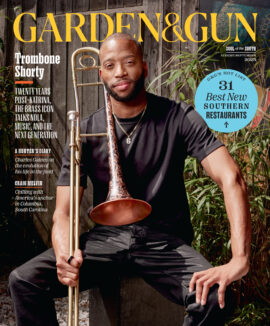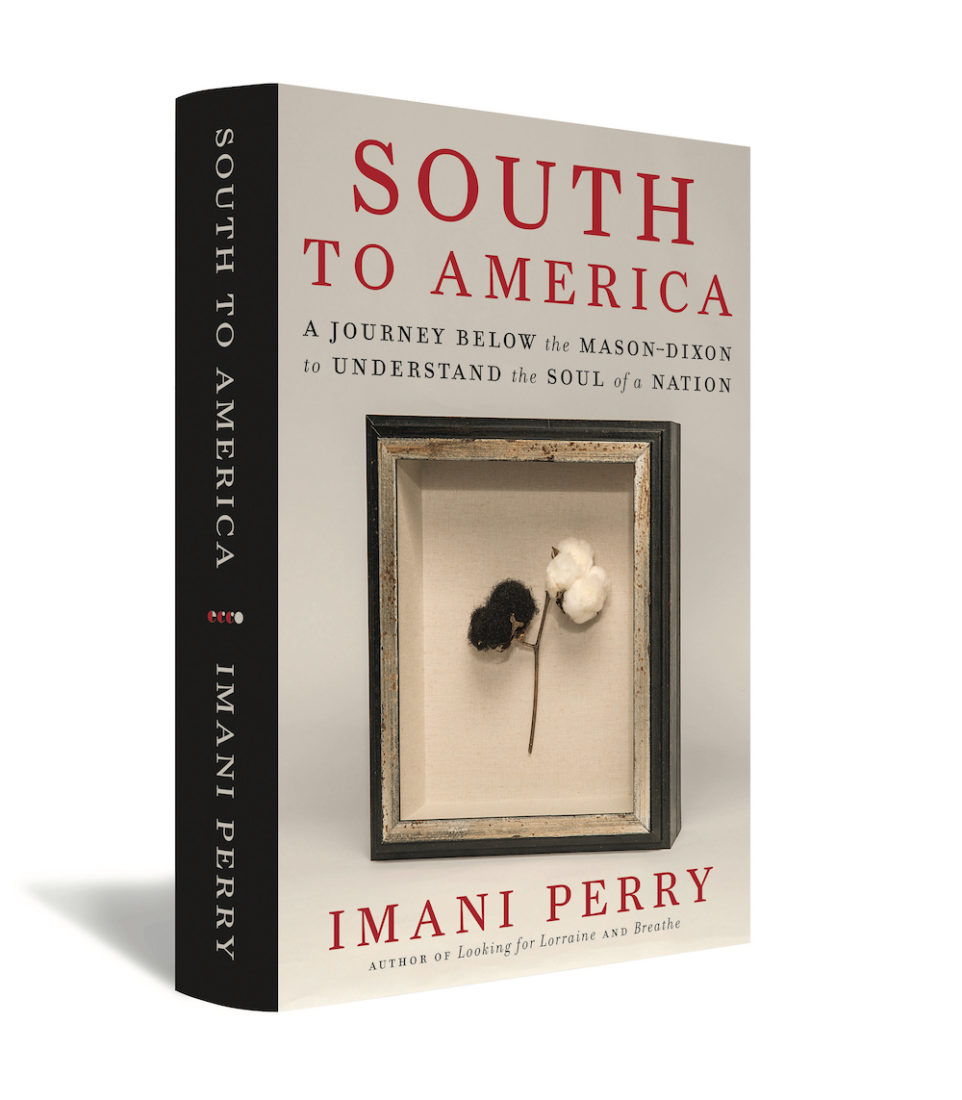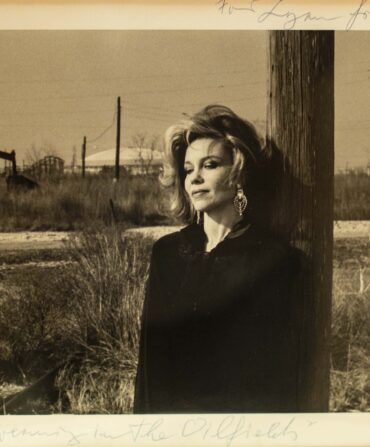Midway through South to America, Imani Perry’s bracing and breathtaking exploration of all things Southern, Perry pauses to dissect the word home. A professor of African American studies at Princeton University and the acclaimed author of a biography of the playwright Lorraine Hansberry, among other books, Perry hails from Birmingham, Alabama. “‘Home’ is one word for me,” she writes. “I bristle whenever people use the word for me elsewhere,” citing the places (Cambridge, Massachusetts; Chicago; Philadelphia) she’s since lived. “Home for the Southerner,” she goes on, “eases into the cracked places like Alaga, thick and dark sugarcane syrup.” But as a Black Southerner, a descendant of slaves and civil rights activists, Perry finds home neither a wholly sweet nor a simple concept. “Inside home, terrors happen and repeat,” she writes, before commencing a kind of frictive incantation: “Murderous home, sweet home, old home week, home.”
Perry’s native South is what the Mississippi poet Margaret Walker, in a similar vein, called “sorrow home,” and its landscapes—natural, cultural, historical, emotional, and moral—are the ground Perry traverses in this extraordinary book. Subtitled A Journey Below the Mason-Dixon to Understand the Soul of a Nation, it’s ostensibly a travelogue, with Perry roaming from Virginia to New Orleans to Louisville to the Lowcountry and to myriad whistle-stops in between. Like a multitude of traveloguers before her, trying to decipher the region the historian David M. Potter once deemed a “sphinx on the American land,” Perry dips into museums, historical landmarks, Walmarts, distilleries, churches, and diners. She tangles with Confederate reenactment and Flannery O’Connor and Elvis Presley and the Fugitive poets and mint juleps and the blues and the nuances of grits (South Carolina hominy, she writes, “tastes too much like it’s still a plant to me”).
But Imani Perry is very unlike that prior multitude, not only because the perspective of the Black female traveler has gone mostly unheard. While her book nods heavily to Albert Murray’s South to a Very Old Place (1971), in the realm of Southern letters it has no real antecedent. It is that fresh, that vital, that intellectually supercharged, that incandescent. Perry intended, she writes, to “offer another kind of Southern story,” one that would confront the South’s sphinx-ness without reducing the region to exotica or a backwater or an aberration. “Paying attention to the South—its past, its dance, its present, its threatening future, and most of all how it moves the rest of the country about—allows us to understand much more about our nation,” she writes, “and about how our people, land, and commerce work in relation to one another, often cruelly.” Perry does pay attention. She’s especially attuned to what she calls “history’s contextual funk,” and how the “back-then” fits into the now. She peers behind the South’s facades—sometimes literally, as when she chronicles the Backside behind Churchill Downs—but also studies the facades themselves, examining what gets displayed versus what gets hidden, what’s claimed versus what’s ignored. And she writes with great swells of emotion, channeling what Toni Morrison described as the Black Southern exile’s feelings of “tender familiarity and brutish alienation.”
Make no mistake: This is a grief-stricken book. In his classic 1989 travelogue, A Turn in the South, the Nobel laureate V. S. Naipaul visited former slave quarters. Perry does the same, but to drastically different effect. She doesn’t flinch, and she doesn’t let her readers flinch either; sometimes Perry doesn’t even let them blink. Under a recently enacted Tennessee law that bans the teaching of texts that cause “discomfort, guilt [or] anguish,” South to America would most likely feel the ax. But, as Perry writes, “even if you are a lover of the national romance, integrity requires that the stories be at least halfway honest.” A false reckoning is no reckoning at all.
South to America hurts. But it also sings, and lifts, and issues an impassioned plea for the South, which is so central to the nation’s agonies, to help lead the nation away from those agonies, like the great Alabama jazz master Sun Ra wanting, as Perry explains, “to pull aside the veil, to reach to a deeper truth, to see [the color line] not as a dividing line but as a portal into something new.” After all, she writes, “from the bottom, from the depths, from the fields, from the ashes, hope just keeps on rising and radiating off sweat-glowing skin in Southern heat.”









